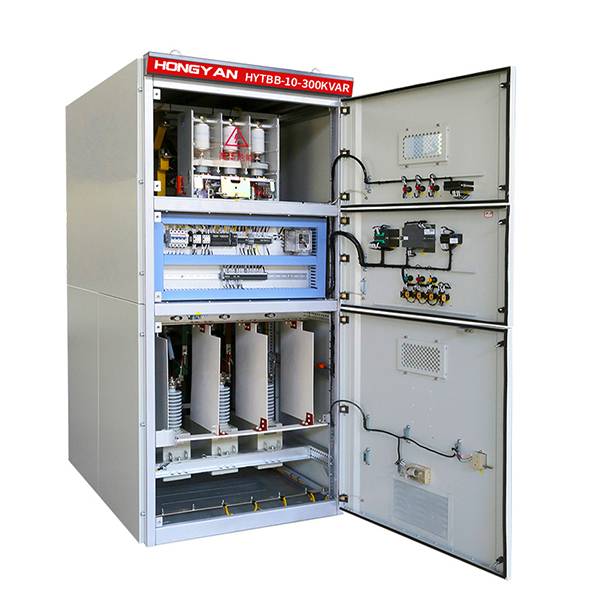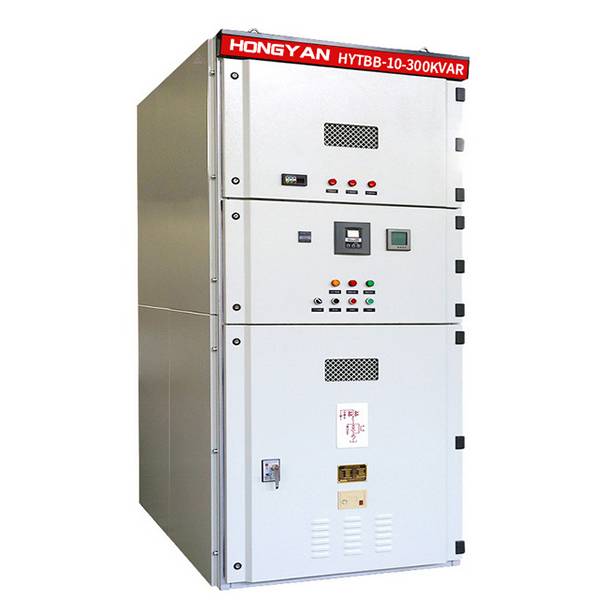High-voltage reactive power compensation devices, also known as high-voltage power capacitor banks, play a vital role in improving the efficiency and stability of power grids. These devices effectively compensate for the reactive power present in high-voltage power grids, thereby reducing power losses and enhancing the overall power factor. In this blog, we will delve into the working principle and components of high-voltage reactive power compensation devices, as well as their importance in ensuring a reliable power supply.
High-voltage reactive power compensation devices are primarily designed to address the issue of reactive power in power grids. By connecting to a power capacitor bank, these devices enable the compensation of reactive power, which in turn improves the power factor of the grid. This compensation reduces power losses caused by reactive power, minimizing energy waste and improving the overall efficiency of the power system.
Composed of capacitor banks, reactor banks, switch control devices, and protection devices, high-voltage reactive power compensation devices provide a comprehensive solution for reactive power compensation. The capacitor bank is responsible for adjusting the connection and disconnection of capacitors, allowing for precise compensation according to the power grid's demands. On the other hand, the reactor bank ensures voltage balancing and current limitation, safeguarding the stability of the power system by preventing excessive voltage fluctuations.
One of the key advantages of high-voltage reactive power compensation devices is their ability to incorporate automatic control and protection functionalities. These devices closely monitor various parameters such as power factor, current, and voltage of the power grid. By continuously assessing these parameters, the device ensures safe operation and optimal compensation for reactive power. This automated control not only enhances the reliability of the system but also reduces the need for manual intervention, improving productivity and efficiency.
High-voltage reactive power compensation devices find extensive applications in substations, power distribution networks, and industrial production processes within power systems. They effectively compensate for reactive power, improving power quality and reducing voltage fluctuations. By enhancing the stability of the power grid, these devices enable smooth and uninterrupted electricity supply, preventing unnecessary shutdowns and disruptions.
In conclusion, high-voltage reactive power compensation devices, commonly known as high-voltage power capacitor banks, are essential components of modern power grids. Their ability to compensate for reactive power, improve power factor, and reduce power losses greatly contribute to the stability and efficiency of the power system. With automatic control and protection capabilities, these devices ensure safe and reliable operation, making them indispensable in substations, power distribution networks, and various industrial sectors. Incorporating high-voltage reactive power compensation devices in power systems is a strategic step towards creating a sustainable and robust electrical infrastructure.


Post time: Oct-30-2023